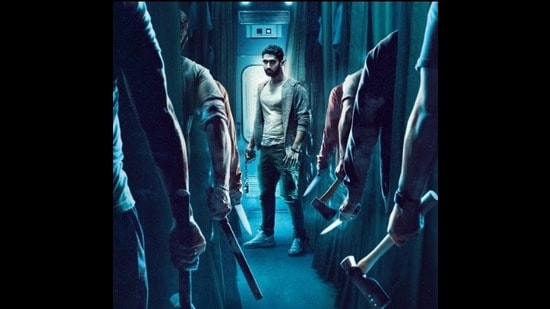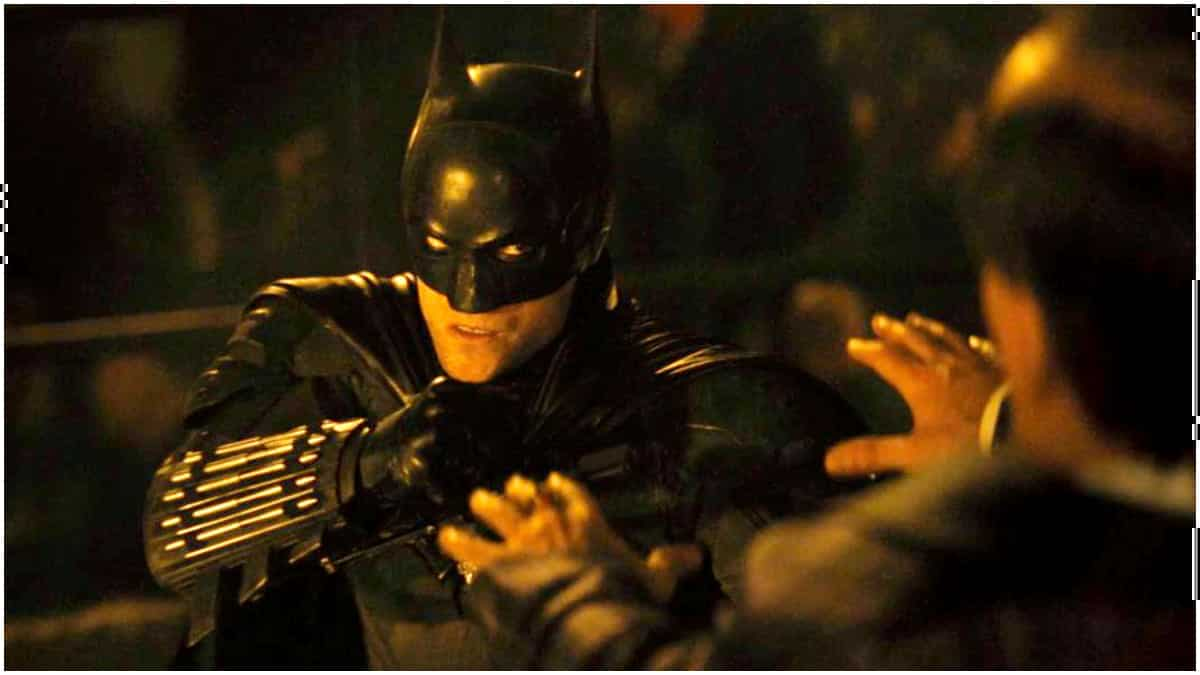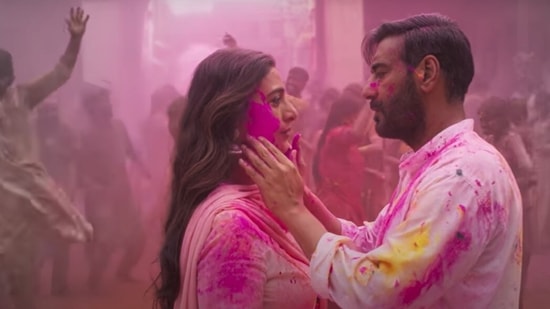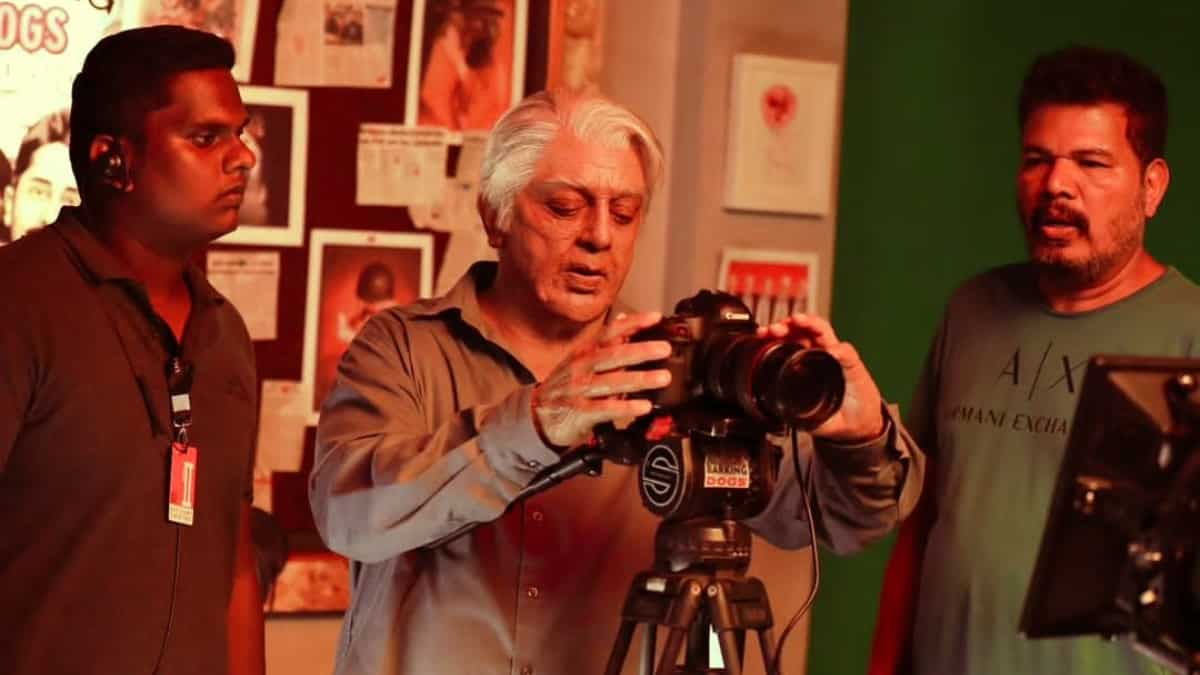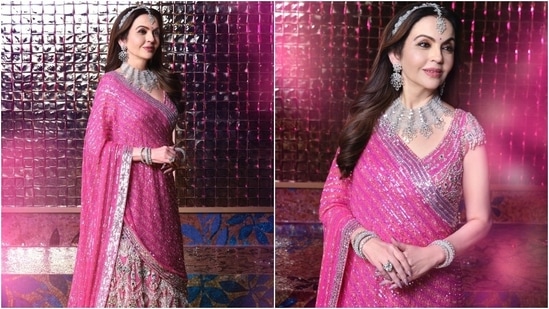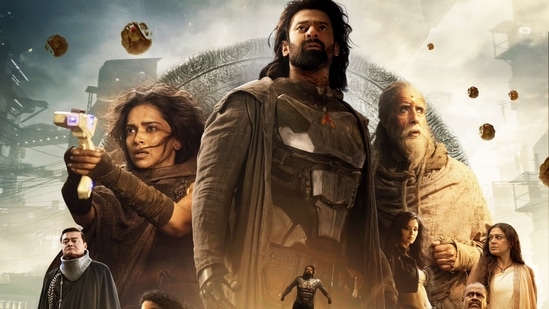
Desi odyssey: Why Kalki 2898 AD dreams big
27 days ago | 15 Views
I might be a film critic, but one of my favourite quotes begins with the line: It is not the critic who counts.
In 1910, American president Theodore Roosevelt declared that the credit belongs to “the man who is actually in the arena, whose face is marred by dust and sweat and blood”. The man, “who at the best knows in the end the triumph of high achievement, and who at the worst, if he fails, at least fails while daring greatly.”
In Indian cinema this year, perhaps we will see no bigger example of daring greatly than Kalki 2898 AD, due for release later this month.
The Telugu film will be released in five languages (key dialogue was also shot in Hindi; and there are dubbed versions in Tamil, Malayalam and Kannada), and it represents a leap of faith, propelled by staggering ambition.
Set in a dystopian future, this is a science-fiction drama that attempts worldbuilding of the sort we are only used to seeing in Hollywood (think Star Wars, Blade Runner or, more recently, the Dune films). Even more exciting, the influences here are distinctly Indian: Kalki refers to the Kali Yuga, when Ashwatthama, born to Dronacharya and cursed with immortal life, meets Kalki, the tenth avatar of Vishnu.
The cast is a who’s who of Indian cinema, led by Prabhas and Deepika Padukone, featuring the iconic Amitabh Bachchan (as Ashwatthama) and Kamal Haasan, Rana Daggubati, Disha Patani, Dulquer Salmaan and Saswata Chatterjee. Keerthy Suresh plays a pivotal role as the voice of Bujji, an AI bot who serves as the brain of a futuristic car.
Keerthy won a National Award for her last association with director Nag Ashwin, Mahanati (2018); Bujji is already making waves.
In the run-up to the release, an animated series called B & B: Bujji and Bhairava (that’s the character played by Prabhas) is out on Amazon Prime. The series, which is set two years before the film, introduces this world that is divided firmly into haves and have-nots.
Bhairava is a bounty hunter who seems to owe everyone money. The currency of the time is units, which are transferred via armbands. For Bujji and Bhairava, the ultimate aspiration is to live in The Complex, an inverted pyramid where the most powerful reside.
This is only Nag’s third feature but, clearly, he isn’t a timid storyteller. There is little precedent in Indian cinema for what he is attempting here. The various introductory and behind-the-scenes assets being released currently offer a peek into what has gone into the making of this film.
Among other things, the team designed futuristic technology, weapons, homes and a car for Bhairava, in a process aided by Mahindra and CEAT.
In an interview, Nag has said he made Kalki 2898 AD for his younger self and hopes that people will exit the theatres as disoriented as he was after watching James Cameron’s Avatar in 2009. We are meant to be so fully immersed in his imagined world that the real one feels jarring and unfamiliar at first.
It is impossible to predict whether audiences will be adequately seduced (the film is rumoured to have cost ₹600 crore to make), but what supreme effort, passion and courage Nag and his producers — his wife Priyanka Dutt, her sister Swapna Dutt and their father, veteran producer C Aswani Dutt — have shown in taking a swing this big.
In the movies at least, the meek rarely inherit the earth.
(To reach Anupama Chopra with feedback, email feedbackforanu@gmail.com)
Read Also: vidaa muyarchi vs kanguva: are these two biggies set to clash for diwali 2024?

